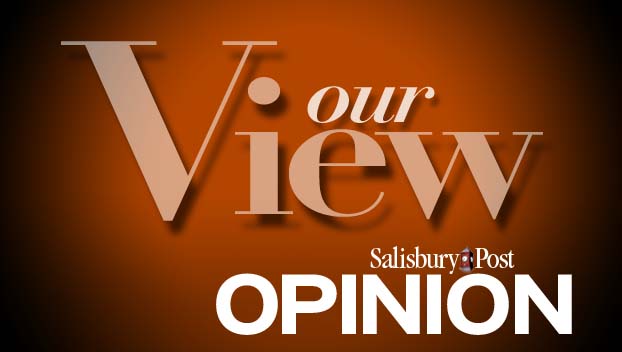Editorial: No easy decisions for school board
Published 12:00 am Tuesday, December 15, 2020
With coronavirus cases rising in the county and among people associated with public schools, members of the Rowan-Salisbury Board of Education are going to face some tough decisions in the next few weeks.
The school system has operated on a blended schedule since the year began, with students alternating in-person days. It hasn’t been perfect, but the unchanged plan has provided some degree of consistency in what has otherwise been a disruptive year.
Now, as the Rowan-Salisbury Board of Education heard Monday, cases are on the rise in schools. Roughly 4.3% of staff and students are quarantined or self-isolating because of a positive COVID-19 test or contact with someone who’s positive. That percentage represents hundreds of students and 111 staff.
Schools, however, are not alone in seeing a spike in cases. Rowan County, along with the state, have seen a sharp rise in positives as well as an increase in hospitalizations and deaths. The county numbers, in particular, are stark, with about 25% of total cases identified during the pandemic being considered currently active. So, in this case, it appears that schools reflect what’s happening in the community.
Still, the rise in cases naturally prompts questions about whether to reduce the number of in-person days or go remote entirely. Comments by school board members and RSS staff during Monday’s meeting indicated it’s possible to see a shift in scheduling, particularly if the local state of COVID-19 continues to deteriorate.
A major factor in a schedule-change decision must be what’s best for students, but data remains limited about the degrees to which student learning and pre-existing achievement gaps have been affected by blended and online-only schedules. There is a general, nationwide consensus that the classroom is the best place for students during the coronavirus pandemic.
Through no fault of its own, school systems like Rowan-Salisbury might end up making a decision with cloudy vision, compounding the difficulty of an already tough situation.
To clear some of the fog, the school board could ask educators to provide stories about what they’ve seen in classrooms and request central office staff aggregate data about changes in grades for the first half of the year. School board members and staff might also explore taking action specific to individual schools that are seeing hot spots instead of making district-wide changes.
This is a moment where educators deserve the public’s gratitude more than ever for continuing to teach the community’s children. School board members deserve thanks, too, for trying to balance two pivotal priorities in their decisions: public health and education.


